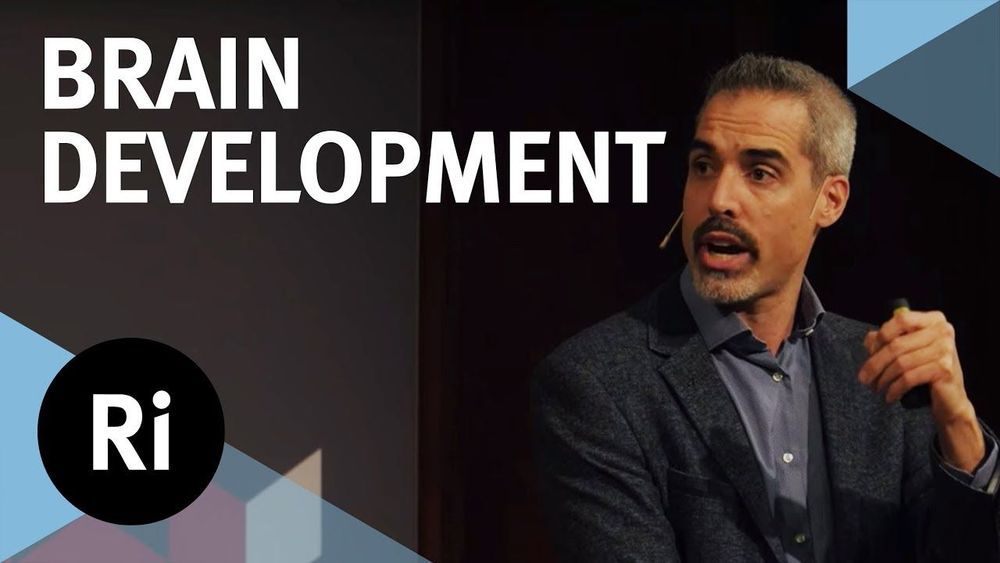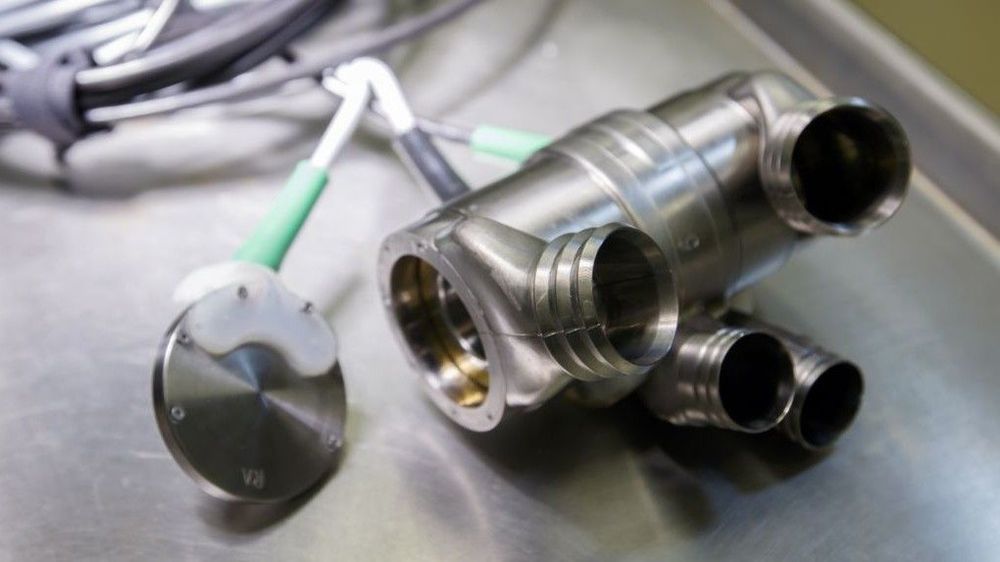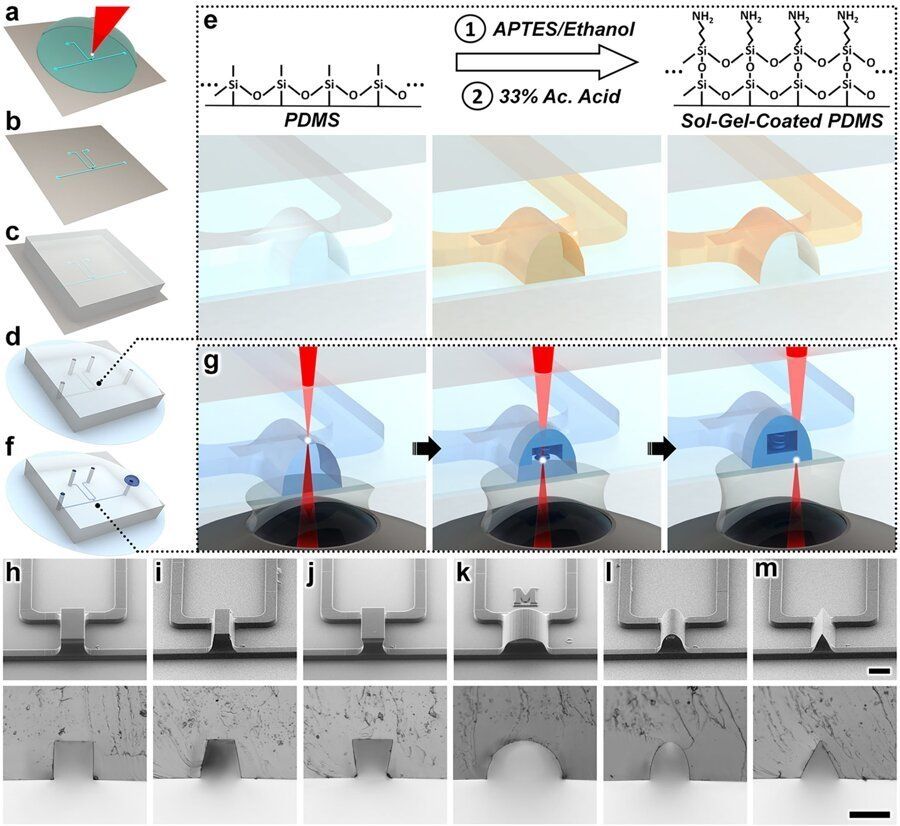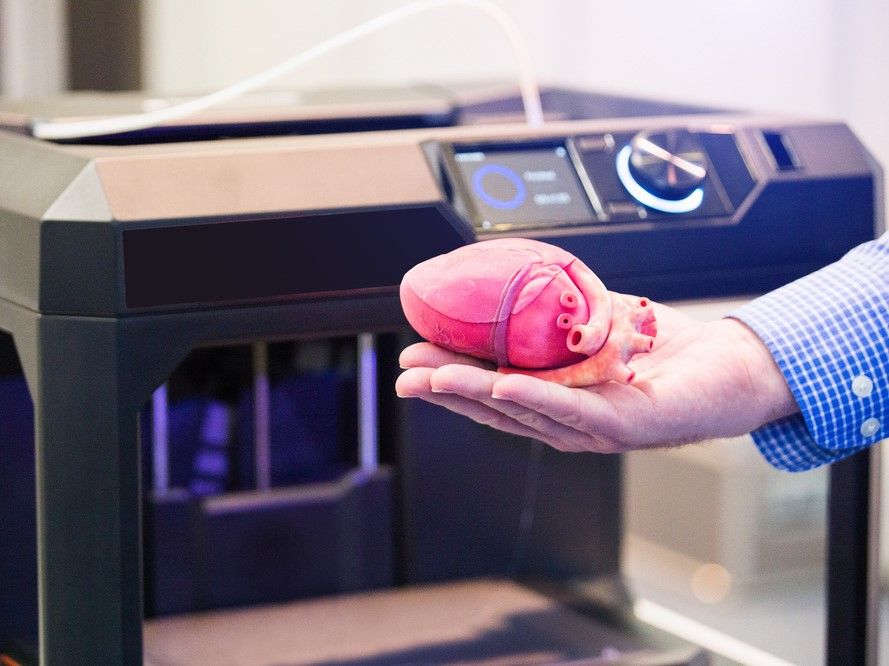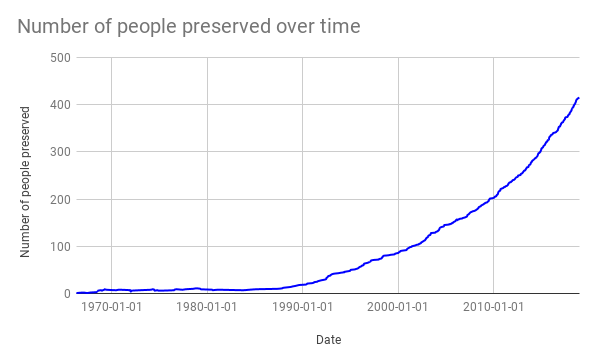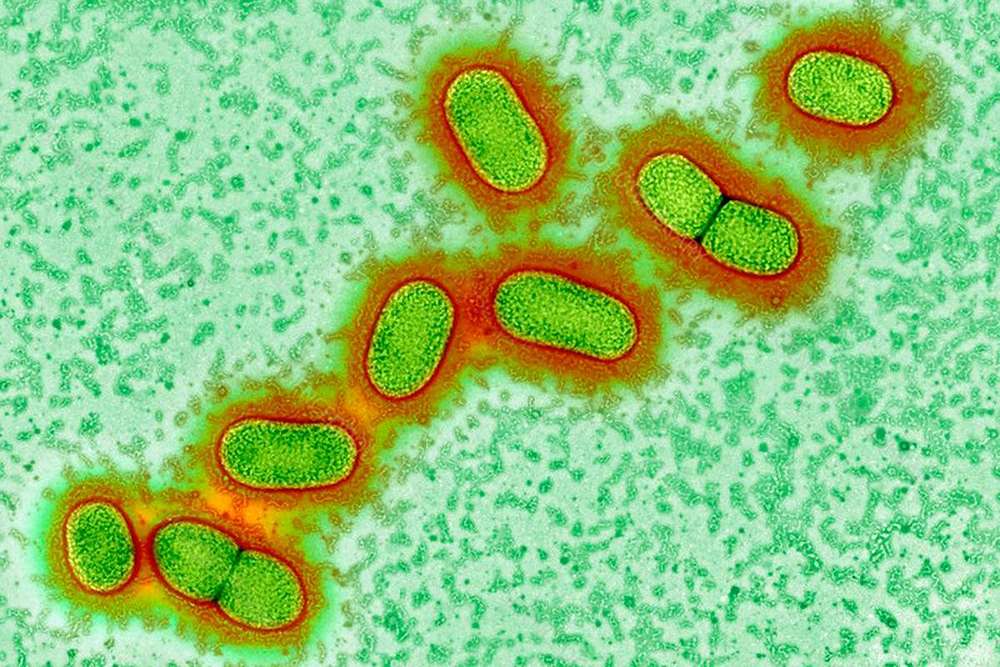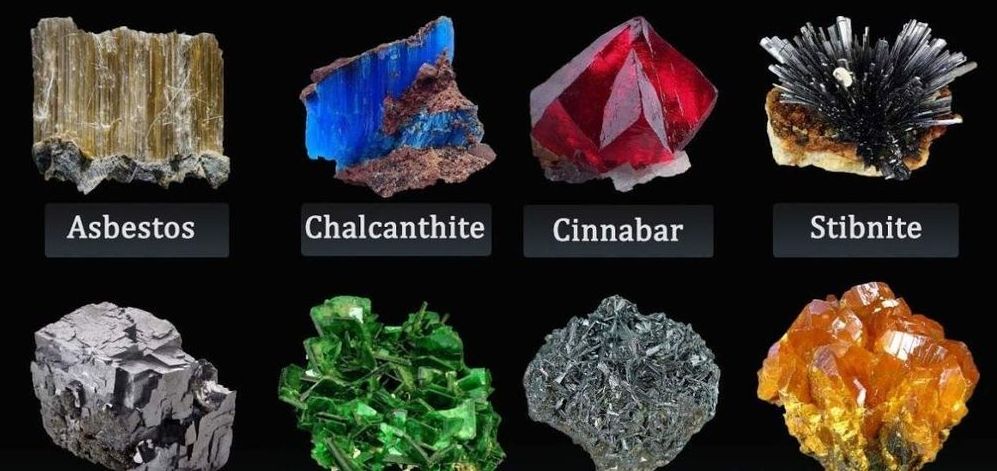Page 9491
Jan 23, 2019
A simple artificial heart could permanently replace a failing human one
Posted by Paul Battista in category: biotech/medical
Jan 23, 2019
New 3D nanoprinting strategy opens door to revolution in medicine, robotics
Posted by Paul Battista in categories: 3D printing, biotech/medical, robotics/AI
Engineers at the University of Maryland (UMD) have created the first 3D-printed fluid circuit element so tiny that 10 could rest on the width of a human hair. The diode ensures fluids move in only a single direction—a critical feature for products like implantable devices that release therapies directly into the body.
Jan 23, 2019
Cancer has a biological clock and this drug may keep it from ticking
Posted by Paul Battista in category: biotech/medical
A new drug shows potential to halt cancer cells’ growth by stunting the cells’ biological clock.
The findings from scientists at the USC Michelson Center for Convergent Bioscience and Nagoya University’s Institute of Transformative BioMolecules (ITbM) advance a burgeoning area of research: turning the body’s circadian rhythms against cancer.
Their study, conducted on human kidney cancer cells and on acute myeloid leukemia in mice, was published Jan. 23 in the journal Science Advances.
Continue reading “Cancer has a biological clock and this drug may keep it from ticking” »
Jan 23, 2019
3D printing is changing personalised medicine, finds IDTechEx
Posted by Paul Battista in category: futurism
A new report published by technology research company IDTechEx has found that 3D printing is disrupting the way in which personalised medicine is provided.
Shorter lead times, reduced waste and an opportunity for mass customisation are some of the benefits that 3D printing can offer the medical and dental industry, the firm said.
In the latest IDTechEx Research report, 3D Printing in the Medical and Dental Industry 2019 – 2029, 3D printing in the medical and dental industry is estimated to be worth over $8.1bn by 2029.
Continue reading “3D printing is changing personalised medicine, finds IDTechEx” »
Jan 23, 2019
Timeline of cryonics
Posted by Paul Battista in categories: cryonics, life extension, neuroscience
This is a timeline of cryonics.
Cryonics is the attempt to preserve a human or non-human animal using low-temperature with the hope that partial or complete resuscitation may be possible in the future.
While cryonics is currently the most popular brain preservation method, other methods are being used and developed, notably plastination. This page treats about all brain preservation methods.
Jan 23, 2019
Smoking speeds up the ageing process
Posted by Paul Battista in category: life extension
Men and women who use cigarettes are twice as old as non smokers — biologically, say scientists.
Jan 23, 2019
We may finally know what causes Alzheimer’s – and how to stop it
Posted by Paul Battista in categories: biotech/medical, neuroscience
By Debora MacKenzie
If you bled when you brushed your teeth this morning, you might want to get that seen to. We may finally have found the long-elusive cause of Alzheimer’s disease: Porphyromonas gingivalis, the key bacteria in chronic gum disease.
That’s bad, as gum disease affects around a third of all people. But the good news is that a drug that blocks the main toxins of P. gingivalis is entering major clinical trials this year, and research published today shows it might stop and even reverse Alzheimer’s. There could even be a vaccine.
Continue reading “We may finally know what causes Alzheimer’s – and how to stop it” »
This stuff is “natural”…
Precious minerals make the modern world go ‘round—they’re used in everything from circuit boards to tableware. They’re also some of the most toxic materials known to science, and excavating them has proved so dangerous over the years, some have been phased out of industrial production altogether. Listed below are the 10 most deadly minerals on earth. These rocks do not need to be thrown to hurt you!!
Jan 23, 2019
Special camera simulates birds’ color vision
Posted by Genevieve Klien in category: electronics
Have you ever wondered what the world looks like to birds? Well, Swedish scientists have created a camera that will show you. Amongst other things, it has revealed that birds see tree foliage as much more than just a uniform “wall of green.”
